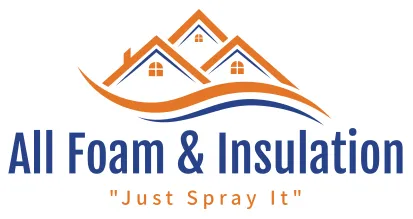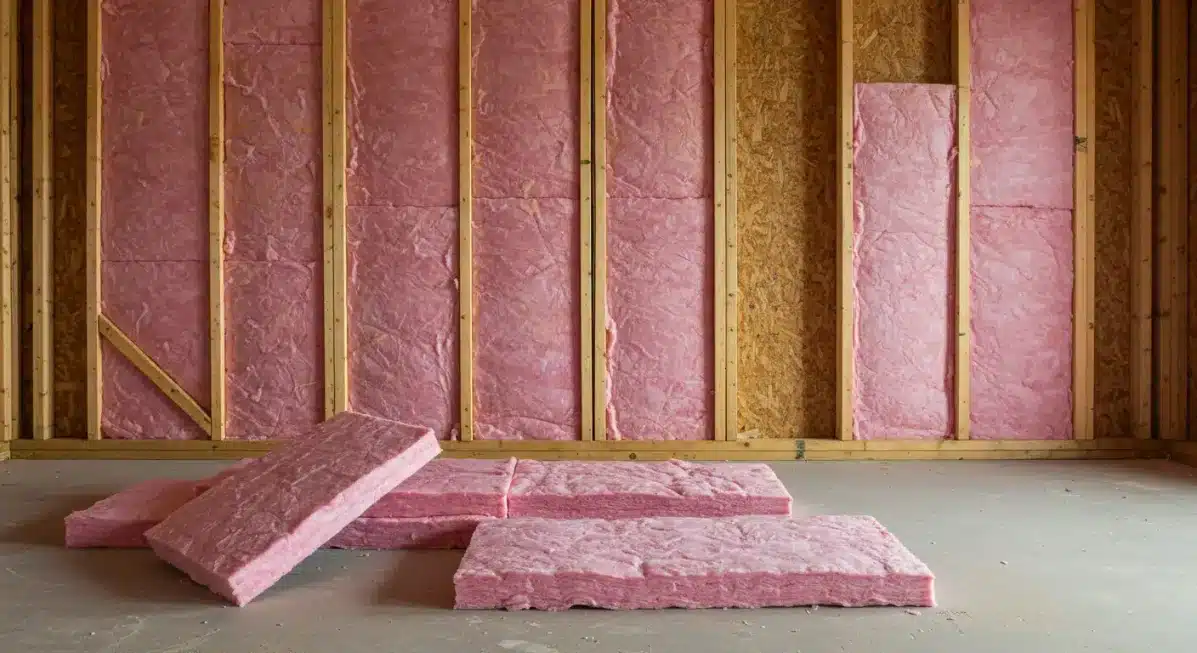At All Foam & Insulation, LLC, we know that the quality of your insulation directly impacts the comfort, energy efficiency, and durability of your property. Installing fiberglass batt insulation can seem simple until it’s not. Gaps, compression, misalignment all of these compromise performance. Our clients often come to us after DIY attempts fall short. We’re here to help you avoid those mistakes and get it right the first time.
This guide breaks down how to install fiberglass batt insulation the way it’s meant to be done—clean, consistent, and effective. Whether you’re a homeowner taking on a renovation or a builder seeking reliability, we’ll walk you through every critical detail. You’ll learn the exact steps, techniques, and considerations we use every day on real job sites across Oregon.
Why Proper Installation Matters More Than You Think
Fiberglass batt insulation works if it’s installed without gaps, voids, or compression. Poor installation means lost efficiency, higher utility bills, and uncomfortable spaces. We’ve walked into countless homes and buildings where energy audits show what the eye misses: insulation that looks present but barely performs.
Common Issues That Sabotage Performance
It doesn’t take much. A batt that’s an inch short of the stud bay, one that’s bunched behind wiring, or a poorly cut corner can reduce performance significantly. We see it all the time during inspections. These small problems, multiplied across an entire home, result in major energy loss.
How All Foam & Insulation, LLC Ensures Every Inch Counts
When we install fiberglass batt insulation, we do it with precision. Every cavity is measured, every batt is fitted without gaps or overcompression. Our team doesn’t just fill walls—we insulate with intention. That’s the level of care we bring to every project, from single-room remodels to large-scale new construction.
Start With the Right Materials and Tools
Before you get started, having the correct type of insulation and tools is non-negotiable. Skipping this step often leads to poor fit and frustration mid-project.
Choosing the Right Fiberglass Batt
R-values vary depending on wall cavity depth, region, and local code. For most of our Oregon clients, R-13 to R-21 is standard for walls, and R-30 or higher for attics. Kraft-faced batts are ideal for wall cavities where vapor control is needed. Unfaced batts work best when layering or in spaces that already have a vapor barrier.
Tools That Make a Difference
A long insulation knife, straightedge, stapler, utility blade, and protective gear (gloves, goggles, respirator) are essential. We’ve watched countless jobs go sideways because someone tried to cut batts with scissors or a utility knife alone. Clean cuts equal clean installs.
Installation Steps That Set You Apart
With everything ready, follow a methodical approach. This is where experience makes a difference. Rushing, skipping steps, or improvising leads to poor coverage and future issues.
Step-by-Step Breakdown
- Prep the cavity. Remove debris, drywall remnants, and obstructions.
- Cut to fit. Measure each bay and cut batts to length, leaving no gaps.
- Split around obstructions. Use a utility knife to split the insulation around wiring or plumbing without compressing it.
- Insert carefully. Fluff the batt and fit it snugly into the cavity. It should fill the space completely without bulging.
- Secure if needed. Use staples for kraft-faced insulation flanges—never compress to make it stay in place.
Common Missteps to Avoid
Don’t push batts too far into the cavity they should sit flush with the face of studs. Avoid bunching or cramming batts behind utilities. Always split, not compress. These are the kinds of small things that separate a solid job from one that fails inspection.
Why Our Installation Standards Go Beyond Code
We don’t just meet minimum standards. Our work reflects what performs best over time. Code is the floor. We aim for the ceiling.
Our Field-Tested Quality Checks
Every insulation job we complete undergoes a multi-point inspection. Are the batts fully expanded? Are vapor barriers continuous and unbroken? Is there consistent alignment with stud faces? We’ve developed a proprietary checklist based on years of field data.
Lasting Results, Backed by Experience
Fiberglass batt insulation should perform for decades if installed correctly. We regularly return to job sites we completed years ago, and the performance still holds. That’s not chance. That’s the result of experience, consistency, and commitment to quality.
Ready to Take the Next Step with All Foam & Insulation, LLC?
Installing fiberglass batt insulation the right way takes precision, experience, and attention to detail. We’ve helped hundreds of homeowners and builders across Oregon achieve consistent, long-lasting insulation performance. Whether you’re starting fresh or fixing a past install, we’re ready to help.
Call us at (541) 826-9600 or email [email protected] to schedule an assessment or request expert installation. Let’s make sure every inch of your home works the way it should: efficient, comfortable, and built to last.
Have More Questions? We’ve Got Answers
How tight should fiberglass batts fit into the cavity?
Batts should fit snugly without compression. If they’re too loose, air can bypass the insulation. Too tight, and the fiberglass compresses, reducing its R-value.
Do I need a vapor barrier?
In most cases, yes especially in colder climates or moisture-prone areas. Kraft-faced batts include a vapor retarder. Consult your local building code or give us a call for location-specific advice.
Can I use batt insulation in ceilings and floors?
Yes, but it must be rated for those applications. Floor and ceiling batts often have different thicknesses and facing types.
Should insulation go behind pipes and wires?
Yes. Always split the batt to insulate behind and in front of pipes and wires. Never bunch or compress the insulation around them.
What’s the best R-value for my walls?
It depends on the wall thickness and climate. R-13 to R-21 is common in walls. Call us, and we’ll help you determine what’s right for your project.
What happens if I don’t insulate properly?
Your home may lose heating and cooling efficiency, leading to higher energy bills and uneven temperatures.
Can I install batt insulation myself?
You can—but only if you’re confident in your ability to do it right. If not, it’s better (and often cheaper in the long run) to hire a pro.
What protective gear should I use?
Gloves, long sleeves, safety glasses, and a respirator. Fiberglass can irritate skin, eyes, and lungs.
Can batt insulation help with soundproofing?
Yes. While it’s not designed for soundproofing, fiberglass batts can reduce sound transmission between rooms.
How do I know if my batt insulation is installed correctly?
It should fill every cavity evenly without gaps or compression. If you’re unsure, we offer inspections to verify installation quality.



